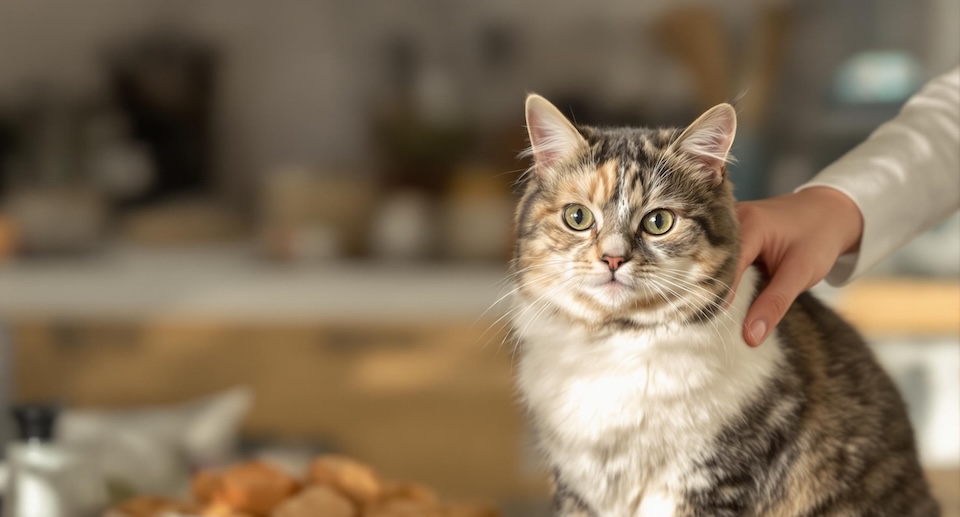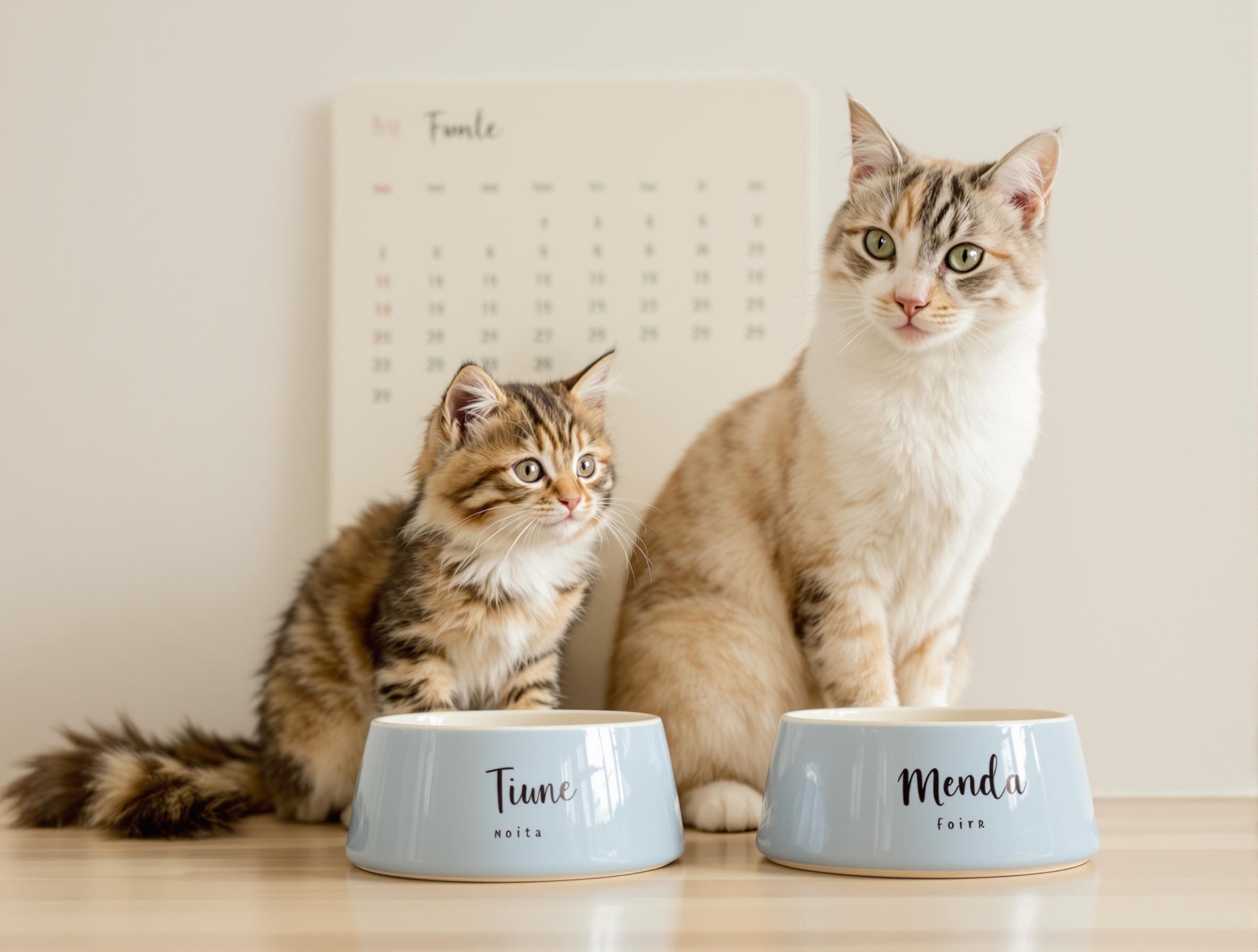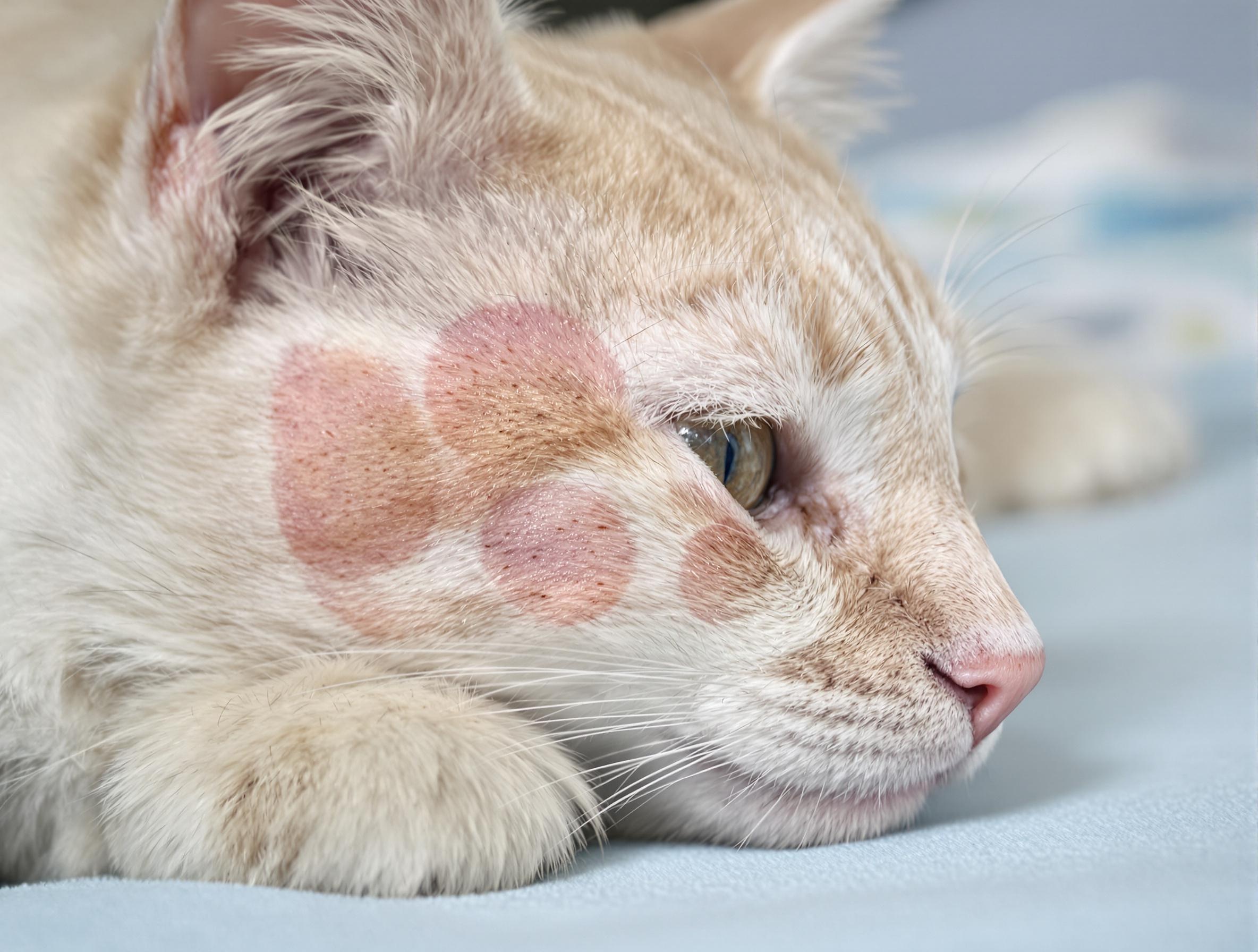Understanding Cat Adoption Costs: Top 7 Expenses

Key Takeaways:
- Cat adoption costs vary based on factors like shelter location, cat age, and included health services.
- Initial fees typically cover essential health services such as vaccinations and spaying/neutering.
- Financial planning for adoption, monthly expenses, and emergencies ensures responsible long-term care.
Bringing a cat into your home is a wonderful experience, but it also comes with financial responsibilities. Cats bring joy and companionship, yet they require care, food, veterinary visits, and more. In this guide, we’ll break down the major costs associated with adopting and caring for a cat. For additional guidance on pet care and supplies, explore Cat Supplies at 1800PetMeds for trusted essentials.
Decoding the Total Cost of Cat Adoption
The typical investment in caring for a new pet averages around $1,900 during the first year. Creating a solid financial plan helps ensure you’re prepared for cat ownership so you can provide consistent, high-quality care.
1. Understanding Adoption Fees
Adoption fees often cover essential health services like spay/neuter surgery, core vaccinations, microchipping, and health screenings. If purchased separately, these can exceed $500, but shelters usually charge between $110 and $225 for adult cats.
During kitten season (spring and summer), shelters may offer reduced rates, while senior cats (8+ years) are often available at lower or waived fees. Before bringing your cat home, budget for essentials like a litter box, food bowls, and an initial vet visit.
2. Supplies for Your New Cat
Stocking up on the right supplies helps your cat settle in comfortably:
- Carrier: Secure and well-ventilated for travel and vet visits.
- Food and Water Bowls: Choose stainless steel or ceramic options.
- Litter Box Setup: Include a scoop, unscented litter, and cleaning supplies.
- Scratching Posts & Toys: Encourage healthy play and protect furniture.
- Resting Spaces: Provide cozy and elevated spots for rest.
- Grooming Tools: Brushes and nail clippers help maintain your cat’s coat.
Find a full range of Cat Grooming Supplies and Cat Toys to keep your pet happy and healthy.
3. First Vet Visit and Healthcare Needs
Schedule a veterinary appointment soon after adoption. Expect costs for a physical exam ($45–60), vaccinations ($25–35 each), and parasite screening ($25–45). Discuss spaying or neutering if not already done. Your vet will help you create a personalized wellness plan, including recommendations for Cat Medications and parasite prevention.
4. Monthly Costs of Cat Care
Ongoing care costs include:
- Food and treats: $20–90/month
- Litter and cleaning supplies: $20–30/month
- Grooming: $15–25/month
- Toys and enrichment: $10–20/month
- Flea prevention and wellness treatments: $15–35/month

5. Planning for Emergency Vet Visits
Emergency care can range from $800 to $1,500, with more serious treatments costing thousands. Build an emergency fund of $1,000–$1,500 to reduce financial stress. Setting aside $25 monthly can make this manageable over time.
6. Long-Term Security: Pet Insurance
Pet insurance helps offset unexpected medical costs.
- Monthly cost: $20–40
- Coverage: Accidents, illnesses, and preventive care
- Reimbursement: Up to 90% of vet bills
- Flexibility: Choose your own veterinarian
Review each policy’s waiting periods, exclusions, and deductibles carefully.
7. Investing in Behavior and Training
Training and socialization improve behavior and strengthen your bond. Online training programs cost around $30–100, while professional consultations range from $50–150 per session. Simple at-home training, like clicker sessions, can also be effective.
FAQs About the Cost of Adopting a Cat
What’s included in the shelter adoption fee?
Typically, spay/neuter surgery, vaccinations, and microchipping are covered. Some shelters also include a complimentary vet exam.
How much do most families spend in the first six months?
Most new cat parents invest between $300 and $1,000 in supplies, food, and veterinary care.
What should my monthly cat care budget include?
Set aside $50–100 monthly for food, litter, and preventive care. Add grooming and toy costs to your plan.
Are senior cats more budget-friendly?
Yes. Senior cats often have lower adoption fees and predictable personalities, with lower activity levels and potentially reduced food costs.
How can I prepare financially before bringing home my cat?
Start a pet care fund with at least $500, and research insurance options early. Financial planning ensures stability and allows you to focus on your cat’s well-being.
Making a Smart Decision When Adopting a Cat
Adopting a cat brings lifelong joy and companionship. By planning ahead for adoption fees, veterinary care, and ongoing expenses, you can create a secure and loving home where your cat will thrive. For all your pet essentials, visit the Cat Supplies page on 1800PetMeds to start preparing for your new feline friend.





